American actress Joan Crawford was among the first major stars of the post-silent-movie era. She was born Lucille Fay LeSueur in San Antonio, Texas on March 23, 1905. Her birth date was never properly recorded, and she often adjusted her date of birth to seem younger. Crawford spent her childhood with her mother and her stepfather after her father abandoned the family. She attended a number of Catholic schools, but in the early 1920s she turned to her true passion: dance. She moved to New York City and worked on Broadway as a showgirl. Spotted by a talent scout, she transferred to Los Angeles and began her career in silent movies. Lucille became Joan Crawford.
Following many minor roles, she broke through in the film Our Dancing Daughters. The movie was a box-office hit and Crawford’s portrayal of independent-minded Diana “Di” Medford earned her a spot among Hollywood’s new film stars. In 1929, she married actor Douglas Fairbanks in a made-for-tabloids union that lasted four years. Crawford married four different times in all, adopting four children. Moving into the “talkie” age, she landed a part in Edmund Goulding’s Grand Hotel with Greta Garbo. The film won an Academy Award for Best Picture and solidified Crawford’s popularity. She made a number of successful films, usually playing strong women able to hold their own alongside their male counterparts. This was most evident in George Cukor’s A Woman’s Face, in which she played a bitter and disfigured woman who, after undergoing cosmetic surgery, is torn between the love of two men. Crawford’s pivotal role came when she was 40, playing a role in Michael Curtiz’s Mildred Pierce, a moody noir that earned her an Academy Award for Best Actress. Crawford seemed to embody the anxiety and frustration of an entire generation of American women worn down by World War Two. After another success, this one directed by Nicholas Ray, in which she played a saloon owner, Crawford left the movies to work with her fourth husband, Alfred Steele. She made a strong comeback in 1962 with Robert Aldrich’s Whatever Happened to Baby Jane? [1962].
Crawford was paired with Bette Davis in a story about two faded film stars — sisters — bound to one another through an unhealthy interdependence. The film’s dark side opened a new chapter in Crawford’s career: horror films. But her work in the genre had little effect on her reputation. She died in New York City on May 19, 1977. She was 72. The next year, her adopted daughter Christine wrote a scathing account of her mother called Mommy Dearest.
Following many minor roles, she broke through in the film Our Dancing Daughters. The movie was a box-office hit and Crawford’s portrayal of independent-minded Diana “Di” Medford earned her a spot among Hollywood’s new film stars. In 1929, she married actor Douglas Fairbanks in a made-for-tabloids union that lasted four years. Crawford married four different times in all, adopting four children. Moving into the “talkie” age, she landed a part in Edmund Goulding’s Grand Hotel with Greta Garbo. The film won an Academy Award for Best Picture and solidified Crawford’s popularity. She made a number of successful films, usually playing strong women able to hold their own alongside their male counterparts. This was most evident in George Cukor’s A Woman’s Face, in which she played a bitter and disfigured woman who, after undergoing cosmetic surgery, is torn between the love of two men. Crawford’s pivotal role came when she was 40, playing a role in Michael Curtiz’s Mildred Pierce, a moody noir that earned her an Academy Award for Best Actress. Crawford seemed to embody the anxiety and frustration of an entire generation of American women worn down by World War Two. After another success, this one directed by Nicholas Ray, in which she played a saloon owner, Crawford left the movies to work with her fourth husband, Alfred Steele. She made a strong comeback in 1962 with Robert Aldrich’s Whatever Happened to Baby Jane? [1962].
Crawford was paired with Bette Davis in a story about two faded film stars — sisters — bound to one another through an unhealthy interdependence. The film’s dark side opened a new chapter in Crawford’s career: horror films. But her work in the genre had little effect on her reputation. She died in New York City on May 19, 1977. She was 72. The next year, her adopted daughter Christine wrote a scathing account of her mother called Mommy Dearest.
RELATED


JOVANOTTI
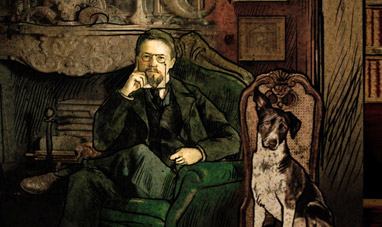

ANTON CHEKHOV


GIULIO PAOLINI
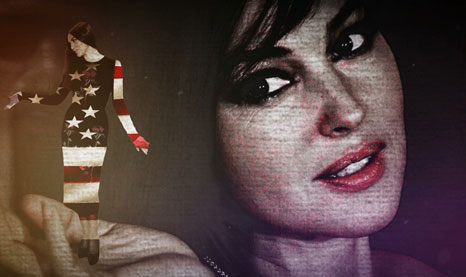

MONICA BELLUCCI
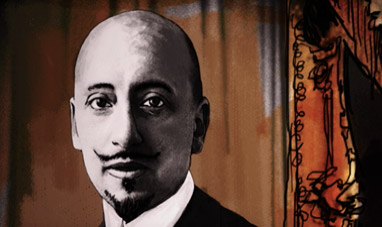

GABRIELE D'ANNUNZIO
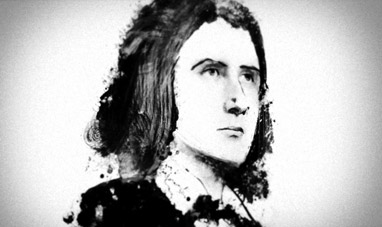

FRANZ LISZT


JACK KEROUAC
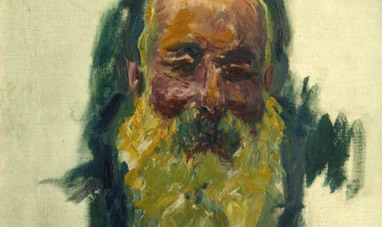

CLAUDE MONET


ANDREI TARKOVSKY


GUSTAVE EIFFEL
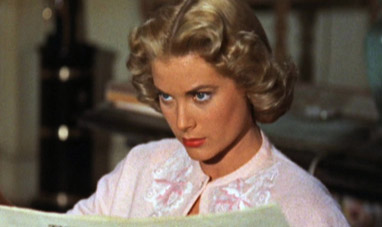

GRACE KELLY
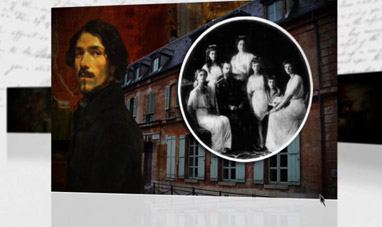

EUGÈNE DELACROIX


JOHANN SEBASTIAN BACH


RUDOLF NUREYEV
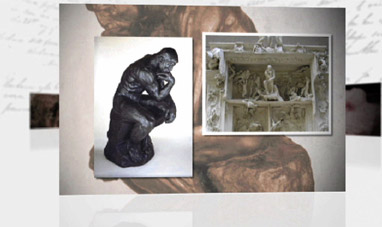

AUGUSTE RODIN


DANIEL LIBESKIND


QUENTIN TARANTINO
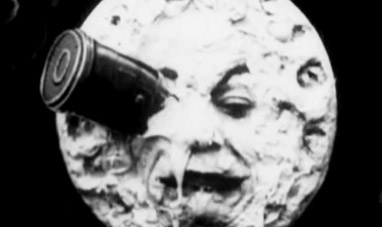

GEORGES MÉLIÉS
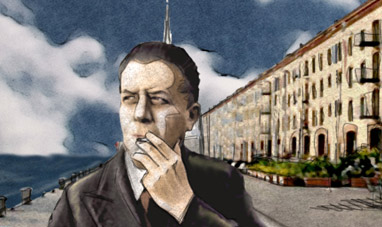

EUGENIO MONTALE
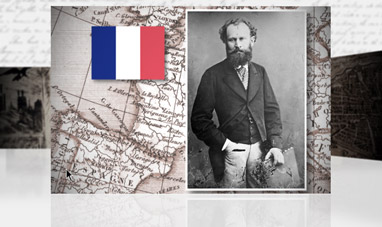

EDOUARD MANET
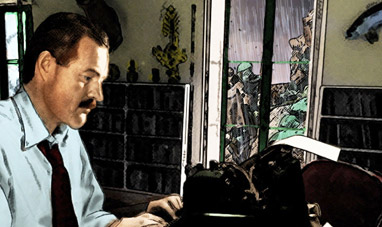

ERNEST HEMINGWAY
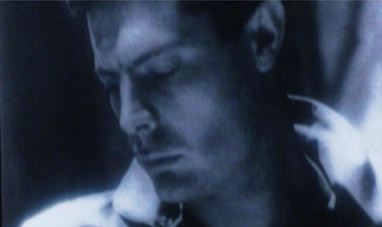

MARCELLO MASTROIANNI


GABRIELE SALVATORES
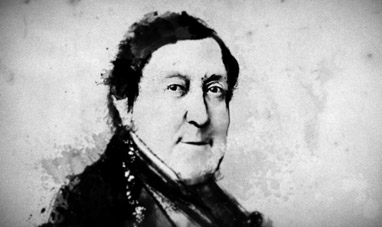

GIOACCHINO ROSSINI


PYOTR ILLYCH TCHAIKOVSKY


THÉODORE GÉRICAULT


RENZO PIANO


LEONARDO DA VINCI


PAUL CÉZANNE


GIANLORENZO BERNINI


MARTHA GRAHAM
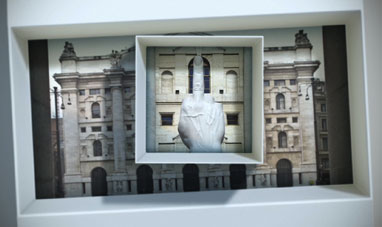

MAURIZIO CATTELAN


CINEMAS


TITIAN
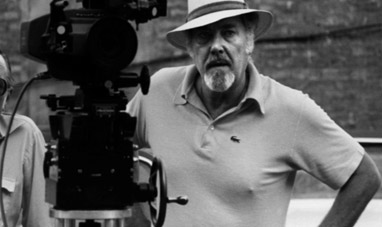

ROBERT ALTMAN
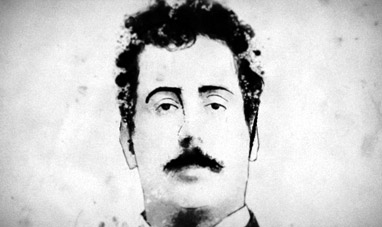

GIACOMO PUCCINI
